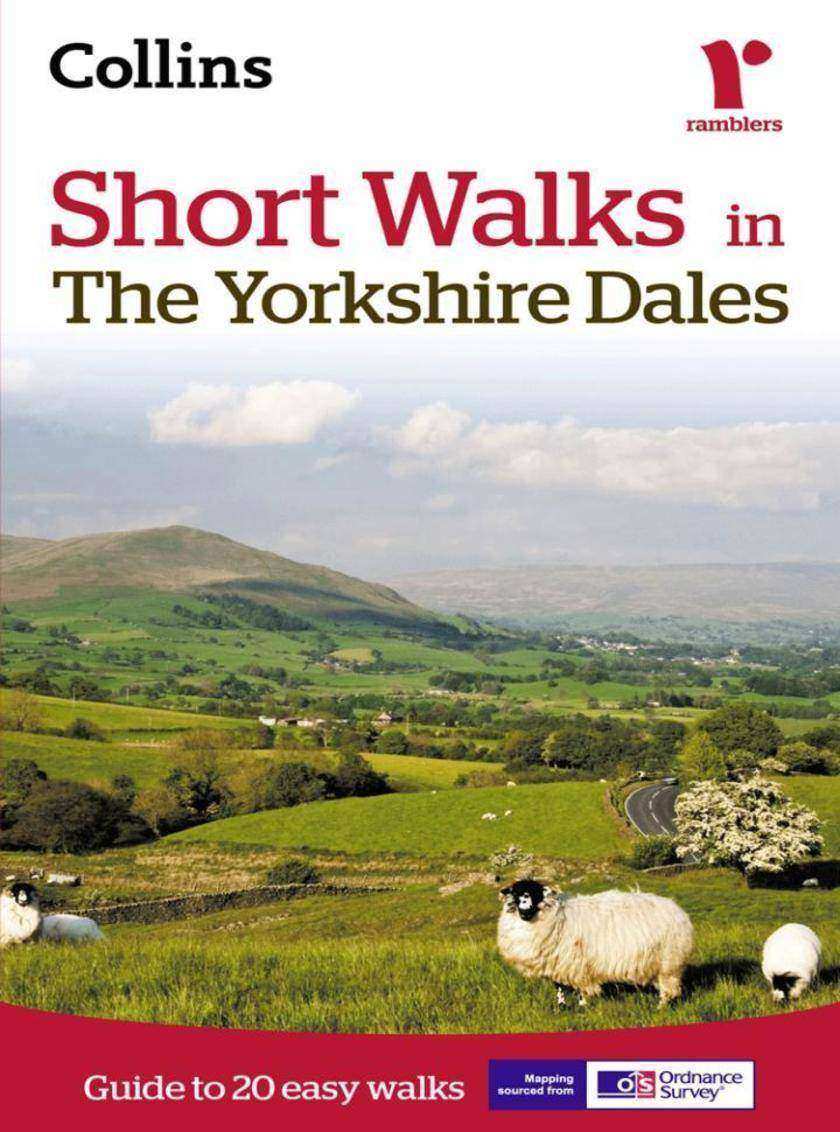
Short walks in the Yorkshire Dales
¥44.24
The Yorkshire Dales with its picturesque dales, ancient farmhouses and villages offer some superb country walking.This can be explored with these 20 walks, all of which are 5 miles or under in length and can easily be completed in less than 3 hours. This guide, produced in co-operation with the Ramblers and featuring Ordnance Survey mapping, is the perfect way to really appreciate the beautiful Yorkshire Dales. INCLUDES: ? 20 easy to follow walks which can be completed in 3 hours and under. ? Each walk has a detailed 1:25 000 Ordnance Survey map with the route clearly marked plus a detailed de*ion of the route. ? The walks have been chosen with issues like parking and refreshments in mind to make life easy for families. ? Packed with colour photographs of scenes you will see along the walk. The perfect guide for afternoon walks near to Sedburgh, Hawes, Settle, Ingleton, Skipton and Harrogate.
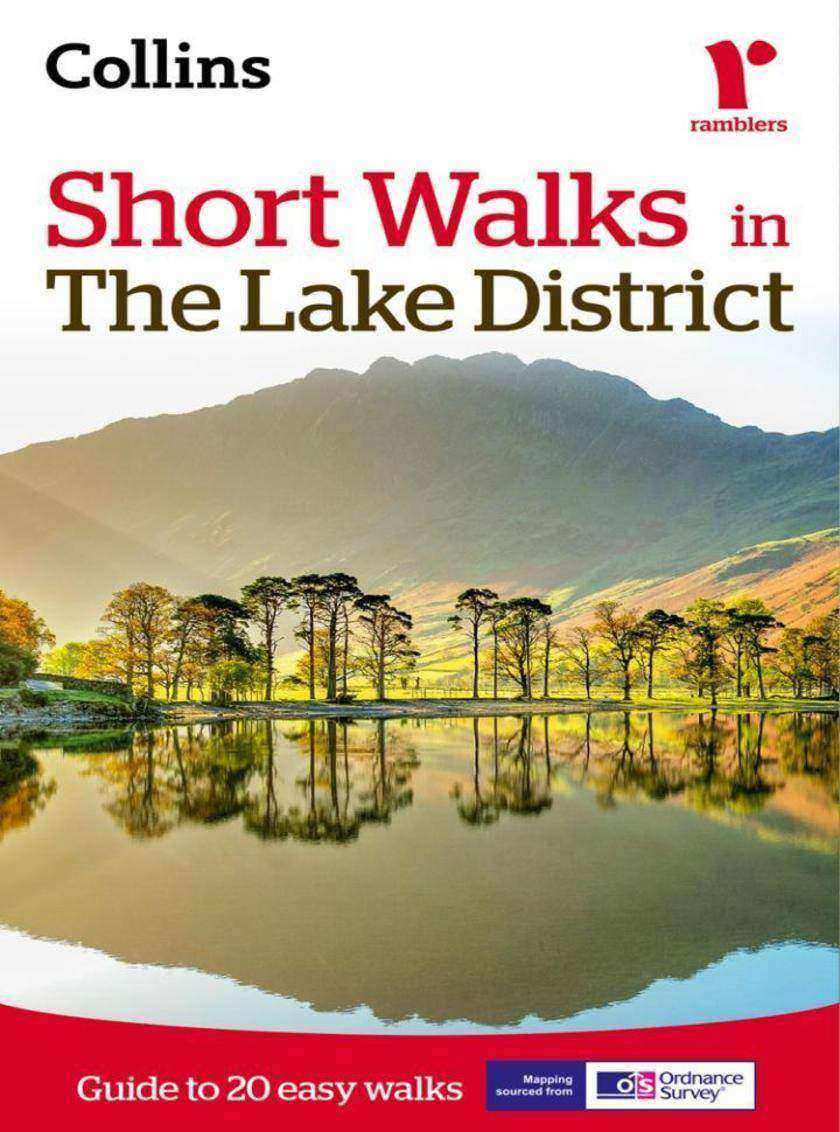
Short walks in the Lake District
¥51.50
The Lake District contains some of the most spectacular landscapes in Britain with superb walking areas. These can be explored with these 20 walks, all of which are 5 miles or under in length and can easily be completed in less than 3 hours. This guide, produced in co-operation with the Ramblers and featuring Ordnance Survey mapping, is the perfect way to really appreciate the landscapes of the Lake District. INCLUDES: ? 20 easy to follow walks which can be completed in 3 hours and under. ? Each walk has a detailed 1:25 000 Ordnance Survey map with the route clearly marked plus a detailed de*ion of the route. ? The walks have been chosen with issues like parking and refreshments in mind to make life easy for families. ? Packed with colour photographs of scenes you will see along the walk. The perfect guide for afternoon walks near to Keswick, Windermere, Coniston, Grasmere and Ambleside.
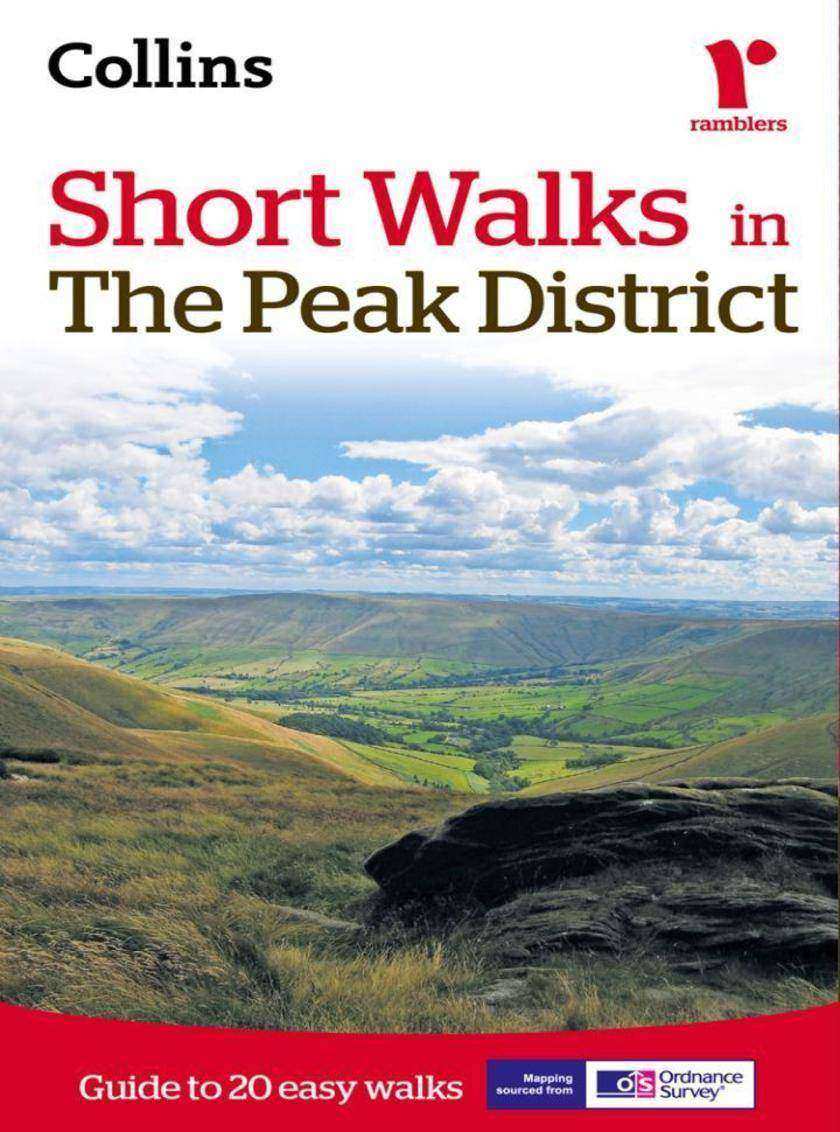
Short walks in the Peak District
¥44.24
The Peak District, with its gentle limestone White Peak and the wilder more dramatic gritstone Dark Peak, is a superb walking area. Explore the district with these 20 walks, all of which are 5 miles or under in length and can easily be completed in less than 3 hours. This guide, produced in co-operation with the Ramblers and featuring Ordnance Survey mapping, is the perfect way to really appreciate the stunning scenery of the Peak District. INCLUDES: ? 20 easy to follow walks which can be completed in 3 hours and under. ? Each walk has a detailed 1:25 000 Ordnance Survey map with the route clearly marked plus a detailed de*ion of the route. ? The walks have been chosen with issues like parking and refreshments in mind to make life easy for families. ? Packed with colour photographs of scenes you will see along the walk. The perfect guide for afternoon walks near to Chesterfield, Sheffield, Matlock, Buxton and Macclesfield.
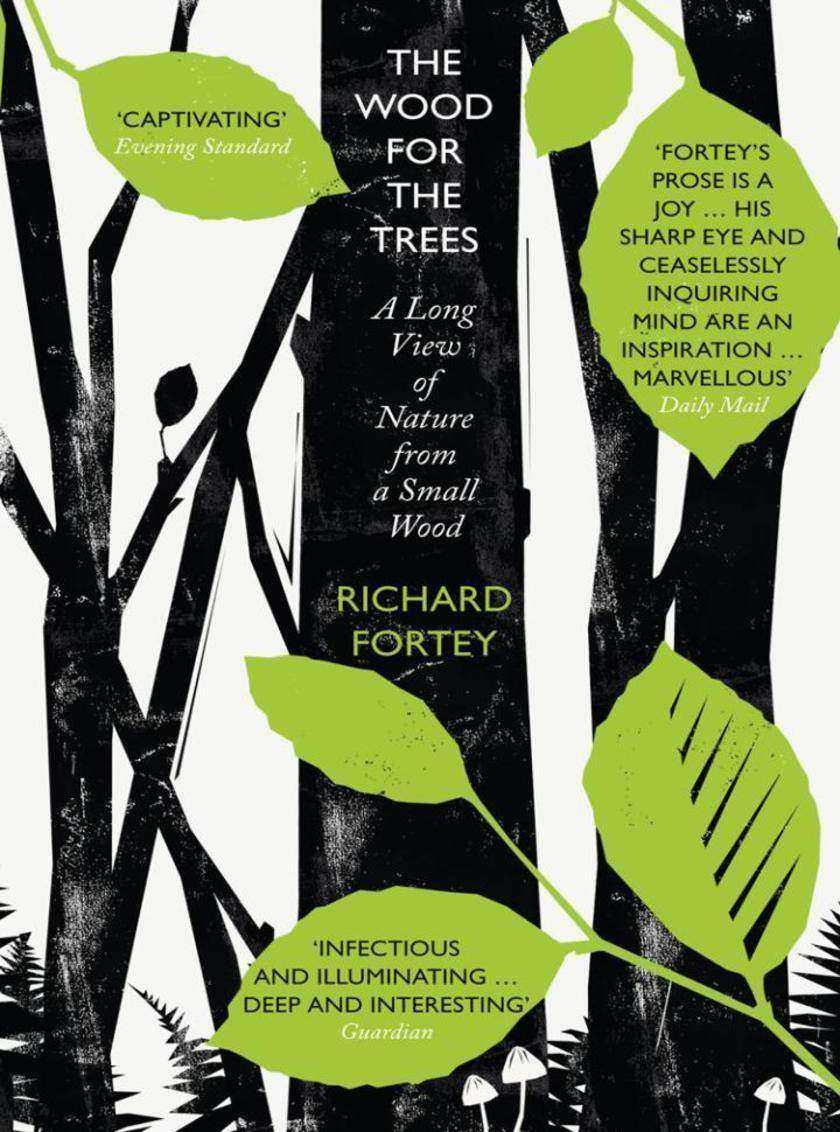
The Wood for the Trees: The Long View of Nature from a Small Wood
¥73.58
From one of our greatest science writers, this biography of a beech-and-bluebell wood through diverse moods and changing seasons combines stunning natural history with the ancient history of the countryside to tell the full story of the British landscape. ‘The woods are the great beauty of this country… A fine forest-like beech wood far more beautiful than anything else which we have seen in its vicinity’ is how John Stuart Mill described a small patch of beech-and bluebell woodland, buried deeply in the Chiltern Hills and now owned by Richard Fortey. Drawing upon a lifetime of scientific expertise and abiding love of nature, Fortey uses his small wood to tell a wider story of the ever-changing British landscape, human influence on the countryside over many centuries and the vital interactions between flora, fauna and fungi. The trees provide a majestic stage for woodland animals and plants to reveal their own stories. Fortey presents his wood as an interwoven collection of different habitats rich in species. His attention ranges from the beech and cherry trees that dominate the wood to the flints underfoot; the red kites and woodpeckers that soar overhead; the lichens, mosses and liverworts decorating the branches as well as the myriad species of spiders, moths, beetles and crane-flies. The 300 species of fungi identified in the wood capture his attention as much as familiar deer, shrews and dormice. Fortey is a naturalist who believes that all organisms are as interesting as human beings – and certainly more important than the observer. So this book is a close examination of nature and human history. He proves that poetic writing is compatible with scientific precision. The book is filled with details of living animals and plants, charting the passage of the seasons, visits by fellow enthusiasts; the play of light between branches; the influence of geology; and how woodland influences history, architecture and industry. On every page he shows how an intimate study of one small wood can reveal so much about the natural world and demonstrates his relish for the incomparable pleasures of discovery.
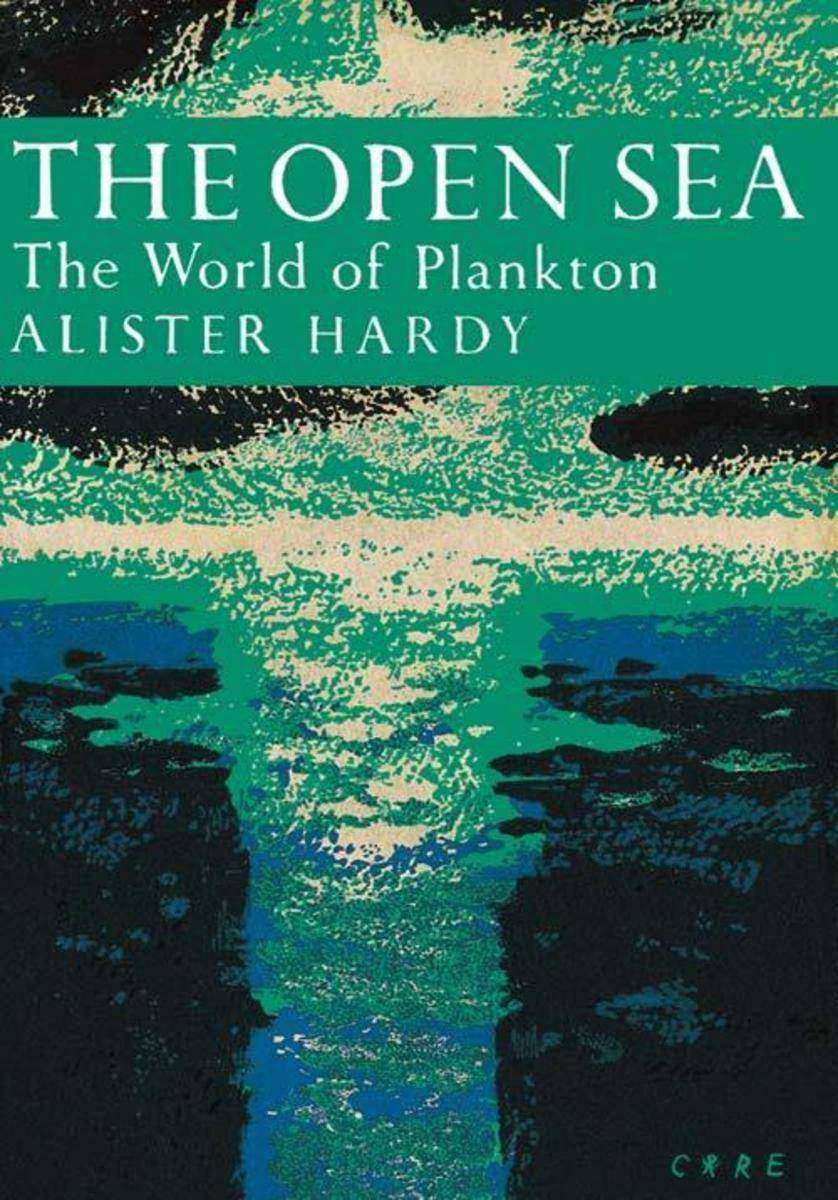
The Open Sea
¥456.66
The New Naturalist editors believe this to be the greatest general work on the subject ever written. This edition is exclusive to newnaturalists.com Professor Alistair Hardy is truly obsessed by animals of the sea - devotedly enthusiastic about the nature of their adaptations and life histories, brilliantly critical in the examination of their mysteries, acutely lucid (and at the same time highly artistic) in his de*ions of them in his arresting plates. To describe the relatively unknown and mysterious world of plankton is a task that the greatest of marine zoologists might boggle at. Yet the plankton is to the sea what vegetation is to the land. The study of plankton is a complex discipline which few amateur naturalists have had the privilege to enjoy. Never before has such a synthesis of knowledge been attempted in a community of animals so mysterious, yet so important. Professor Hardy has grasped this problem in a new and exciting way; and at least the common reader can discern the pattern of life that dominates two-thirds of the world’s surface.
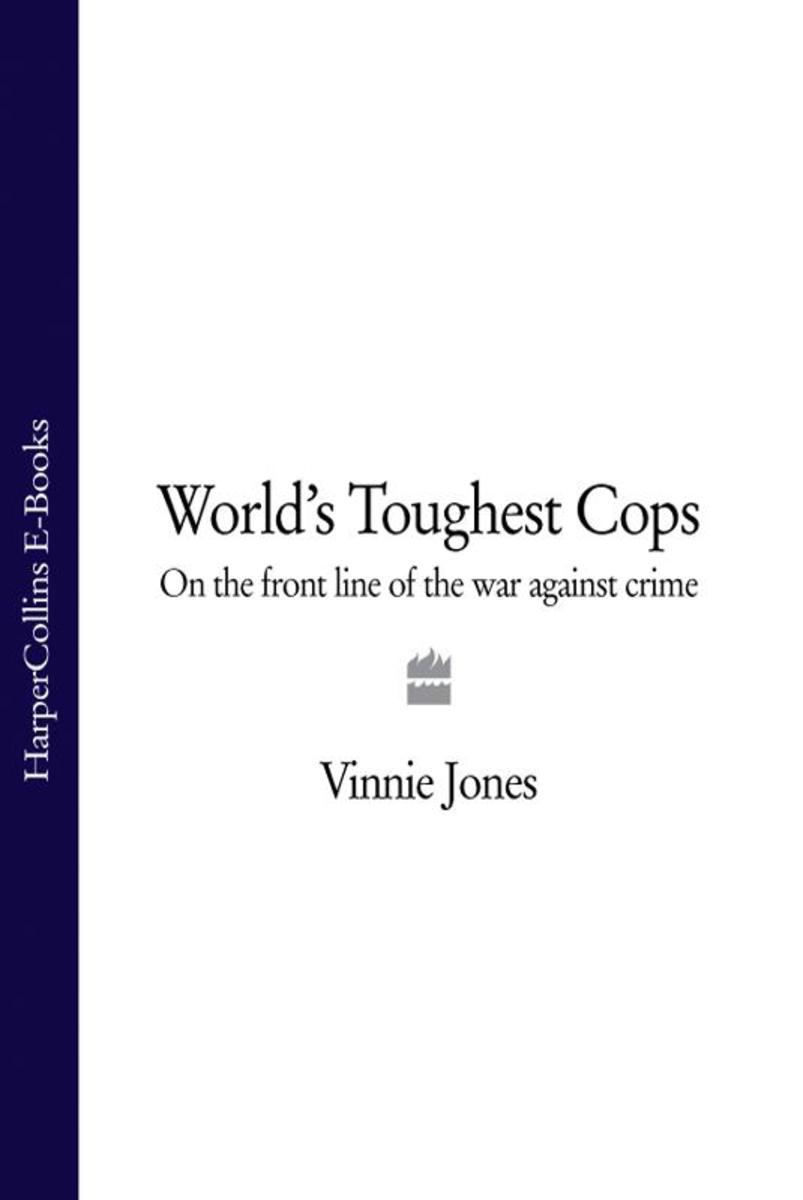
World's Toughest Cops: On the Front Line of the War against Crime
¥63.18
Vinnie Jones' Toughest Cops brings together stories from the two ITV4 series of the same name in a fascinating, thrilling and often shocking read – in which we meet and get under the skin of the men and women who have dedicated their lives to serve and protect in ten of the most dangerous beats in the world. Vinnie takes the reader into the jungles of Colombia – where Sub-Lieutenant John Orejuela of the Special Ops Commando Unit leads a secret mission to take out a terrorist camp – and goes on patrol in the Californian suburb of Compton, following the cops caught up in a deadly cat-and-mouse game with the gangs of South Central LA. He recounts the struggles of officer Andre Steyn of the Flying Squad against car-jackings and armed robberies in the desperate streets of Durban, South Africa and joins the few good men trying to police the back-alleys and no-go zones of New Orleans, where the aftermath of Hurricane Katrina has seen a tidal wave of violent crime flood the city. Vinnie forged a reputation as a tough guy on the football pitch, and in America he now has a successful career in the cut-throat film business. But even he is in awe of the men and women who are trying to police the most dangerous areas on the planet. If on the pitch he followed Orwell's assertion that 'football is war minus the shooting', here he's discovering what life is like for those dealing with a real war – with real shooting.
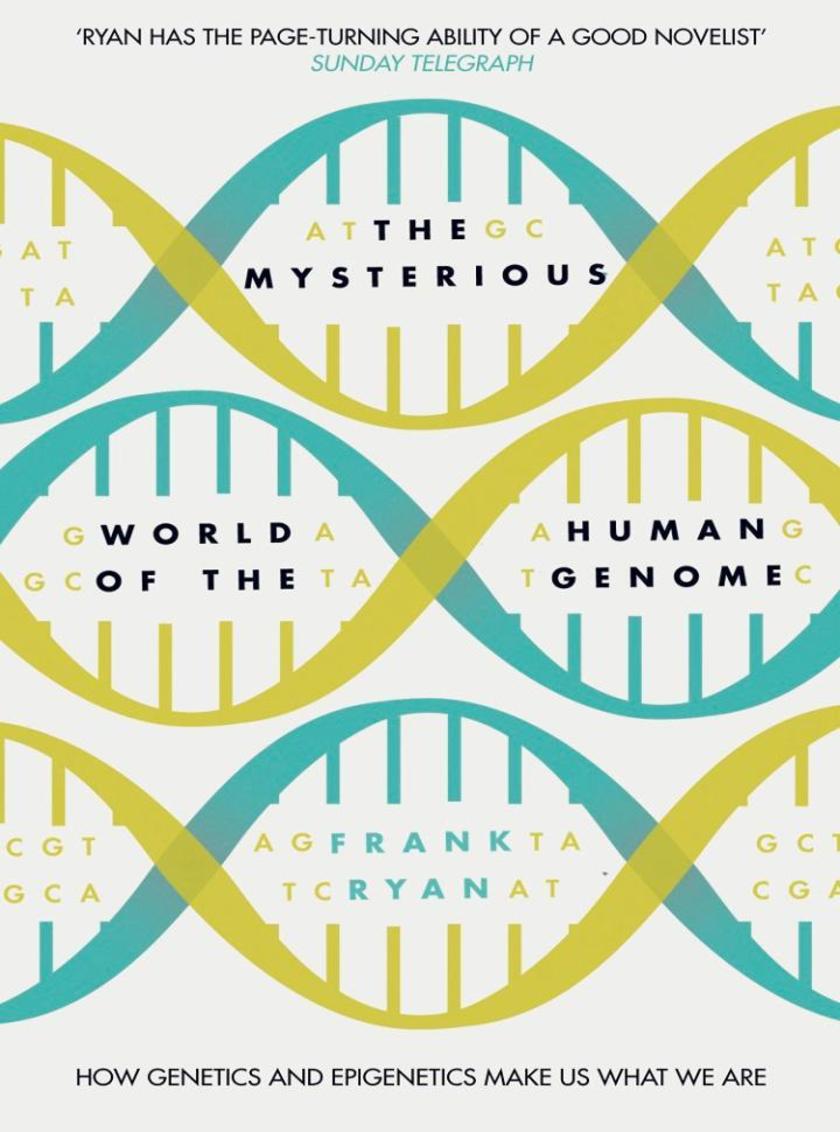
The Mysterious World of the Human Genome
¥81.03
How could a relatively simple chemical code give rise to the complexity of a human being? How could our human genome have evolved? And how does it actually work? Over the past 50 years we have deciphered the inner workings of the human genome. From the basic structure of DNA through to the complete sequence of the code, what first appeared to be simple is actually a complex and beautiful three-dimensional world that makes each of us who we are. In The Mysterious World of the Human Genome acclaimed science writer Frank Ryan leads us through the most exciting scientific discoveries of the last 50 years, revealing how this science has unlocked the cure of some genetic diseases, developed the use of DNA in forensic science and paternity testing, helped us trace our ancestors and provided a definitive map for the movement of humans out of Africa. This scientific journey has had a profound impact on our understanding of the evolution of life itself, through the role of the most ancient of organisms in our basic biology all the way to the revelation that our most recent ancestor, Homo neanderthalensis, lives on in many of us. In the ever more complicated world of the human genome, this is the first book to explain how the human genome actually works as a whole and how that knowledge will have a profound effect on our understanding of where we have come from and where we are likely to be going in the future.
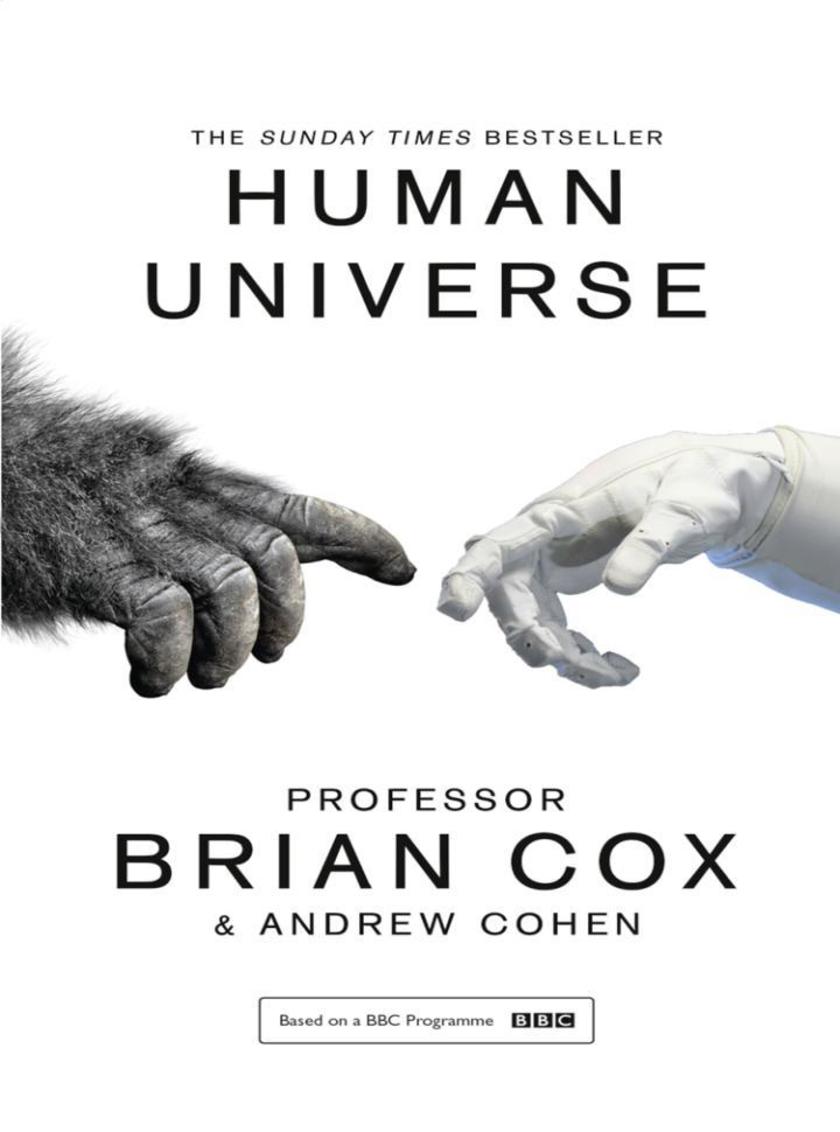
Human Universe
¥66.22
Top ten Sunday Times Bestseller ‘Engaging, ambitious and creative’ Guardian Where are we? Are we alone? Who are we? Why are we here? What is our future? Human Universe tackles some of the greatest questions that humans have asked to try and understand the very nature of ourselves and the Universe in which we live. Through the endless leaps of human minds, it explores the extraordinary depth of our knowledge today and where our curiosity may lead us in the future. With groundbreaking insight it reveals how time, physics and chemistry came together to create a creature that can wonder at its own existence, blessed with an unquenchable thirst to discover not just where it came from, but how it can think, where it is going and if it is alone. Accompanies the acclaimed BBC TV series.
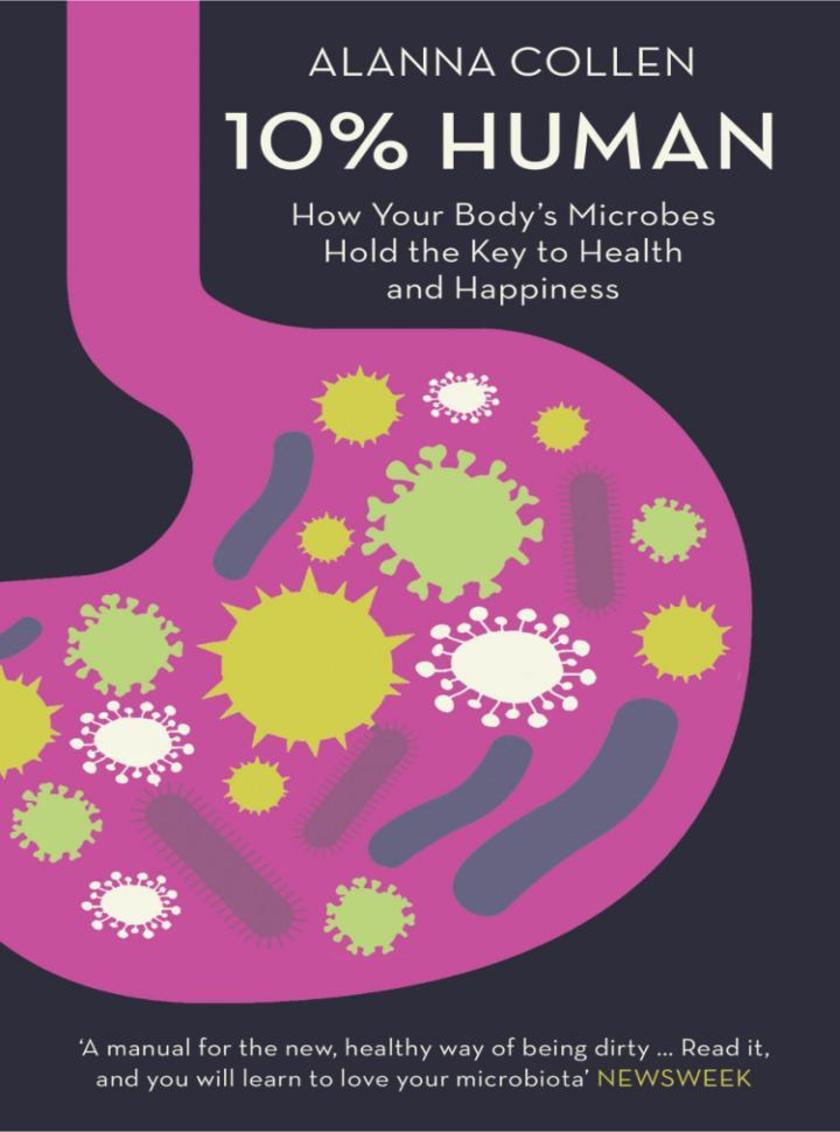
10% Human: How Your Body’s Microbes Hold the Key to Health and Happiness
¥69.26
‘A manual for the new, healthy way of being dirty … Read it, and you will learn to love your microbiota’ Newsweek Obesity, autism, mental health problems, IBS, allergies, auto-immunity, cancer. Does the answer to the modern epidemic of ‘Western’ diseases lie in our gut? You are 10% human. For every one of your cells, there are nine impostors hitching a ride. You are not just flesh and bone, but also bacteria and fungi. And you are more ‘them’ than you are ‘you’. Your gut alone hosts 100 trillion of them and until recently we thought that our microbes didn’t matter. This is all set to change as the latest scientific research tells a very different story, one where microbes run our bodies and becoming healthy is impossible without them. In this ground-breaking book, biologist Alanna Collen reveals how our personal colony of microbes influence our weight, immune system, mental health and even our choice of partner. This is a new way of understanding modern diseases – obesity, autism, mental health problems, gut disorders, allergies, auto-immunity and even cancer – as she argues they have their root in our failure to cherish our most fundamental and enduring relationship: that with our microbes. Illuminating many of the questions still unanswered by the human genome project 10% Human completely changes our understanding of diet, modern disease and medicine. The good news is that unlike our human cells, we can change our microbes for the better and this book shows you how. A revelatory and indispensable guide: life – and your body – will never seem the same again.
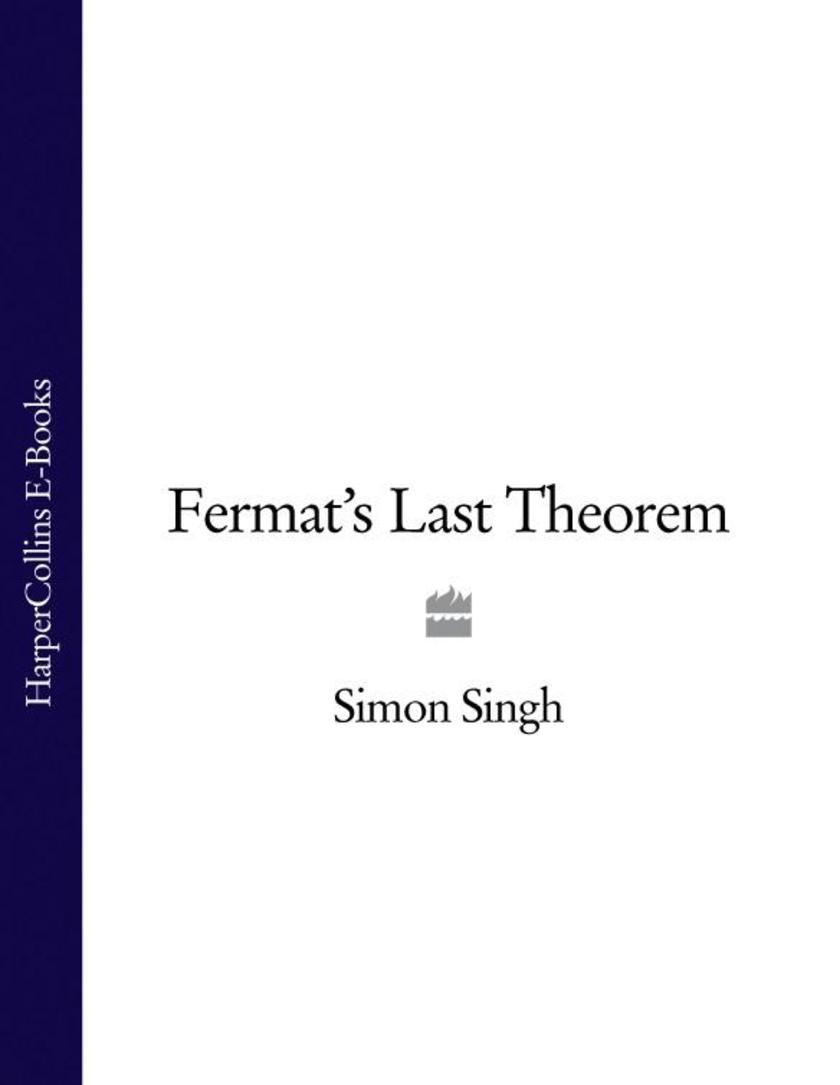
Fermat’s Last Theorem
¥73.58
I have a truly marvellous demonstration of this proposition which this margin is too narrow to contain.' It was with these words, written in the 1630s, that Pierre de Fermat intrigued and infuriated the mathematics community. For over 350 years, proving Fermat's Last Theorem was the most notorious unsolved mathematical problem, a puzzle whose basics most children could grasp but whose solution eluded the greatest minds in the world. In 1993, after years of secret toil, Englishman Andrew Wiles announced to an astounded audience that he had cracked Fermat's Last Theorem. He had no idea of the nightmare that lay ahead. In 'Fermat's Last Theorem' Simon Singh has crafted a remarkable tale of intellectual endeavour spanning three centuries, and a moving testament to the obsession, sacrifice and extraordinary determination of Andrew Wiles: one man against all the odds.
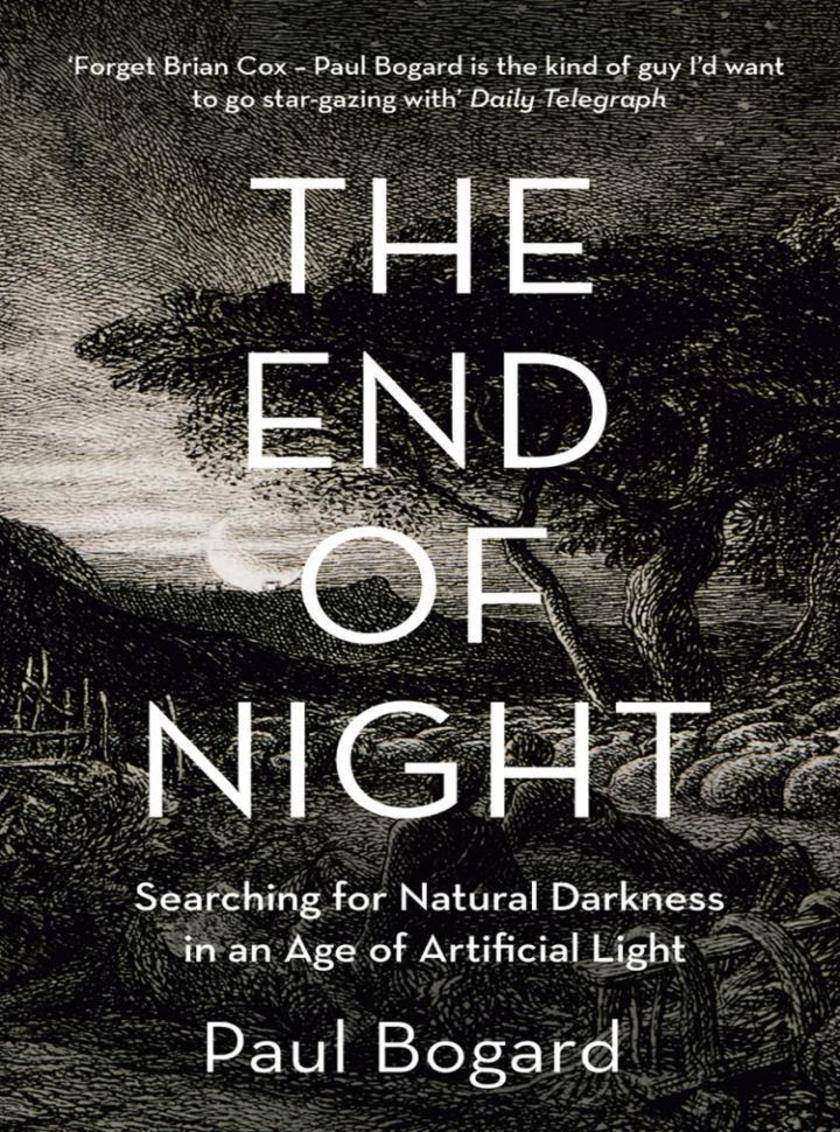
The End of Night: Searching for Natural Darkness in an Age of Artificial Light
¥53.56
Streetlamps, neon signs – an ever-present glow that has changed the natural world and adversely affected our health; Paul Bogard illuminates the problems caused by a lack of darkness.
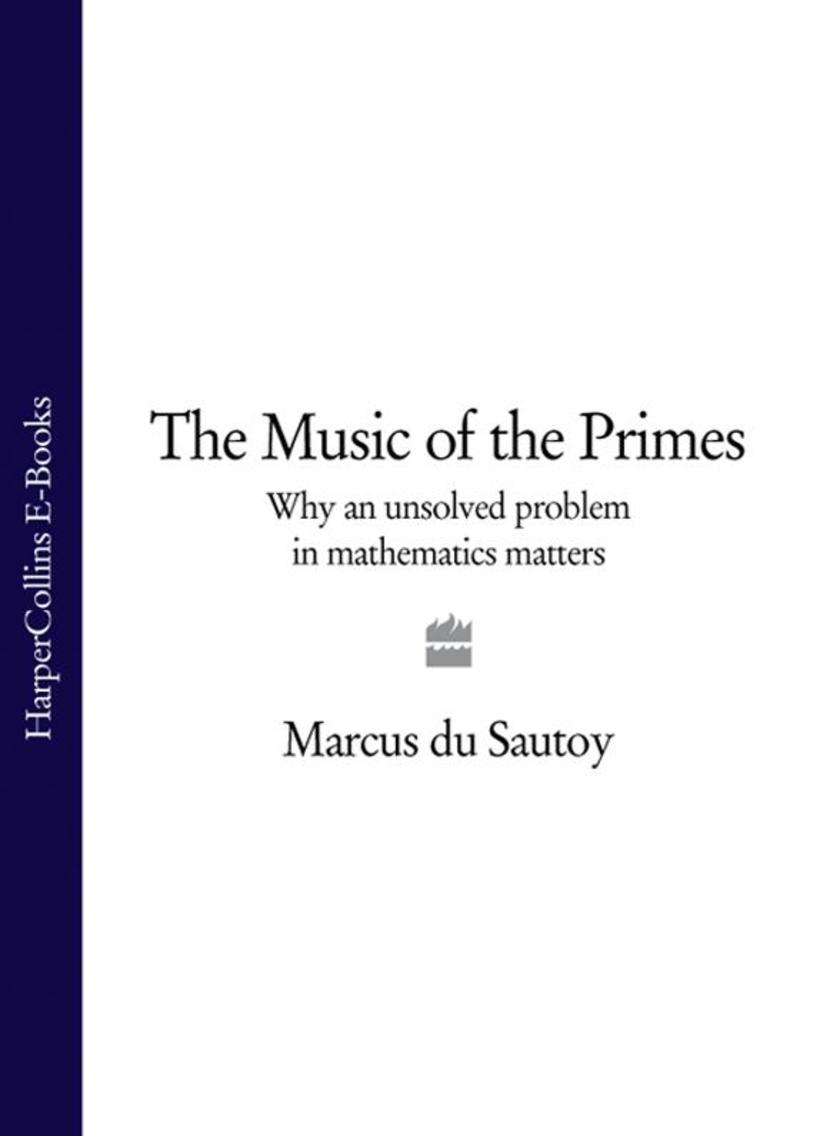
The Music of the Primes: Why an unsolved problem in mathematics matters (Text On
¥73.58
The paperback of the critically-acclaimed popular science book by a writer who is fast becoming a celebrity mathematician. Prime numbers are the very atoms of arithmetic. They also embody one of the most tantalising enigmas in the pursuit of human knowledge. How can one predict when the next prime number will occur? Is there a formula which could generate primes? These apparently simple questions have confounded mathematicians ever since the Ancient Greeks. In 1859, the brilliant German mathematician Bernard Riemann put forward an idea which finally seemed to reveal a magical harmony at work in the numerical landscape. The promise that these eternal, unchanging numbers would finally reveal their secret thrilled mathematicians around the world. Yet Riemann, a hypochondriac and a troubled perfectionist, never publicly provided a proof for his hypothesis and his housekeeper burnt all his personal papers on his death. Whoever cracks Riemann's hypothesis will go down in history, for it has implications far beyond mathematics. In business, it is the lynchpin for security and e-commerce. In science, it has critical ramifications in Quantum Mechanics, Chaos Theory, and the future of computing. Pioneers in each of these fields are racing to crack the code and a prize of $1 million has been offered to the winner. As yet, it remains unsolved. In this breathtaking book, mathematician Marcus du Sautoy tells the story of the eccentric and brilliant men who have struggled to solve one of the biggest mysteries in science. It is a story of strange journeys, last-minute escapes from death and the unquenchable thirst for knowledge. Above all, it is a moving and awe-inspiring evocation of the mathematician's world and the beauties and mysteries it contains.
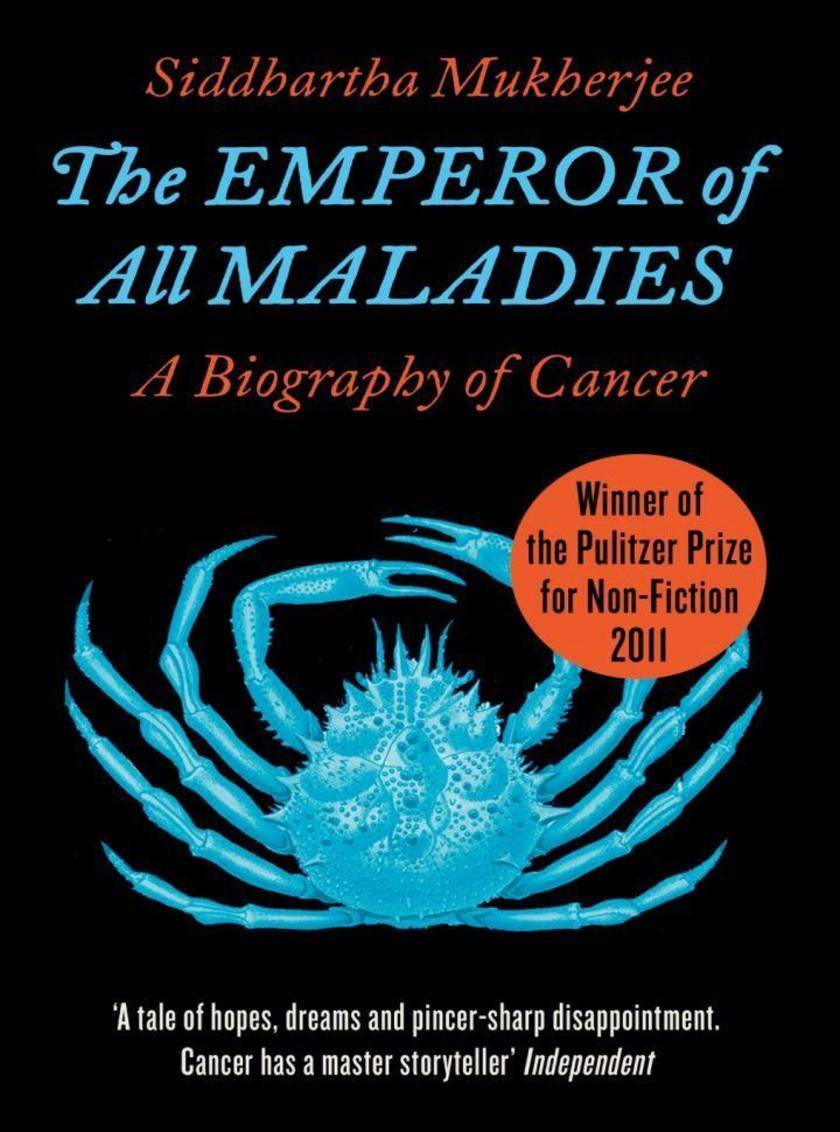
The Emperor of All Maladies
¥65.94
A magnificent, beautifully written biography of cancer - from its first documented appearances thousands of years ago through the epic battles to cure, control and conquer it to a radical new understanding of its essence. In The Emperor of All Maladies, Siddhartha Mukherjee, doctor, researcher and award-winning science writer, examines cancer with a cellular biologist’s precision, a historian’s perspective, and a biographer’s passion. The result is an astonishingly lucid and eloquent chronicle of a disease humans have lived with - and perished from - for more than five thousand years. The story of cancer is a story of human ingenuity, resilience and perseverance, but also of hubris, arrogance and misperception, all leveraged against a disease that, just three decades ago, was thought to be easily vanquished in an all-out ‘war against cancer’. Mukherjee recounts centuries of discoveries, setbacks, victories and deaths, told through the eyes of predecessors and peers, training their wits against an infinitely resourceful adversary. From the Persian Queen Atossa, whose Greek slave cut off her malignant breast, to the nineteeth-century recipient of primitive radiation and chemotherapy and Mukherjee’s own leukemia patient, Carla, The Emperor of All Maladies is about the people who have soldiered through toxic, bruising, and draining regimes to survive and to increase the store of human knowledge. Riveting and magesterial, The Emperor of All Maladies provides a fascinating glimpse into the future of cancer treatments and a brilliant new perspective on the way doctors, scientists, philosophers and lay people have observed and understood the human body for millennia.
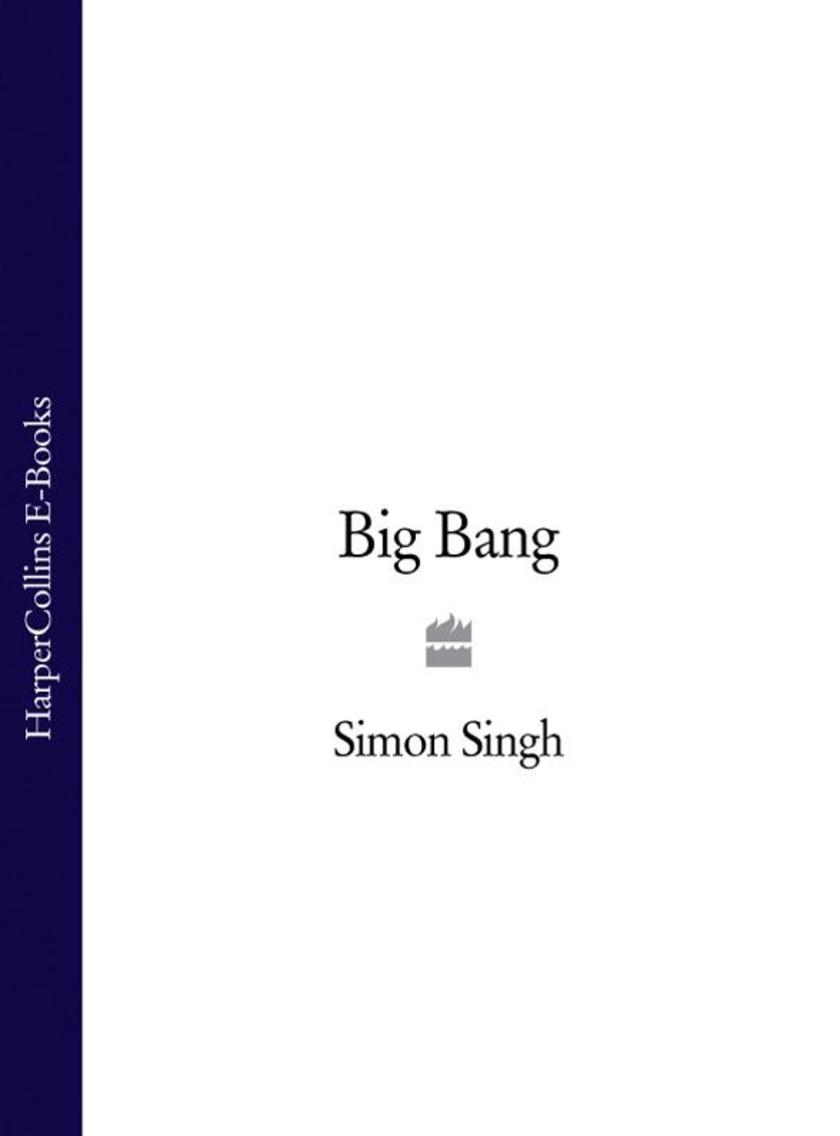
Big Bang
¥80.25
The bestselling author of Fermat’s Last Theorem and The Code Book tells the story of the brilliant minds that deciphered the mysteries of the Big Bang. A fascinating exploration of the ultimate question: how was our universe created? Albert Einstein once said: ‘The most incomprehensible thing about the universe is that it is comprehensible.’ Simon Singh believes geniuses like Einstein are not the only people able to grasp the physics that govern the universe. We all can. As well as explaining what the Big Bang theory actually is and why cosmologists believe it is an accurate de*ion of the origins of the universe, this book is also the fascinating story of the scientists who fought against the established idea of an eternal and unchanging universe. Simon Singh, renowned for making difficult ideas much less daunting than they first seem, is the perfect guide for this journey. Everybody has heard of the Big Bang Theory. But how many of us can actually claim to understand it? With characteristic clarity and a narrative peppered with anecdotes and personal histories of those who have struggled to understand creation, Simon Singh has written the story of the most important theory ever.
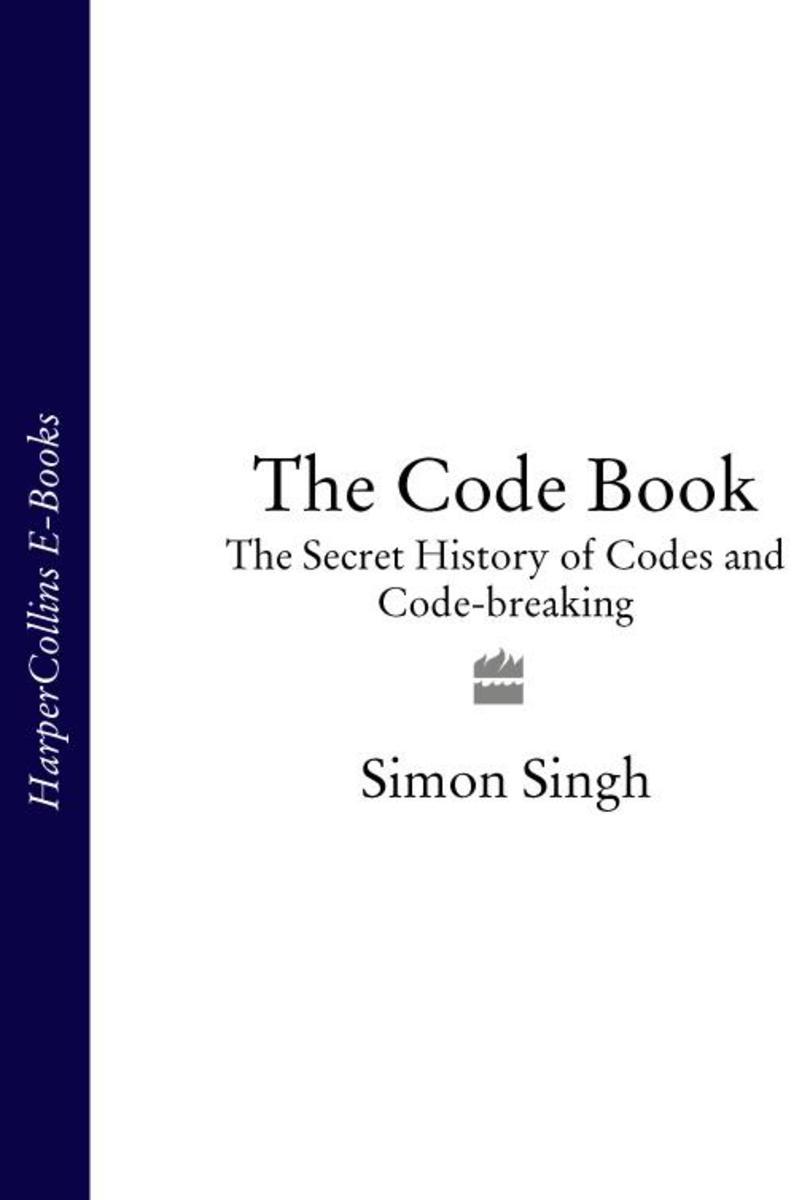
The Code Book: The Secret History of Codes and Code-breaking
¥80.25
The Science of Secrecy from Ancient Egypt to Quantum Cryptography From the best-selling author of Fermat’s Last Theorem, The Code Book is a history of man’s urge to uncover the secrets of codes, from Egyptian puzzles to modern day computer encryptions. As in Fermat’s Last Theorem, Simon Singh brings life to an anstonishing story of puzzles, codes, languages and riddles that reveals man’s continual pursuit to disguise and uncover, and to work out the secret languages of others. Codes have influenced events throughout history, both in the stories of those who make them and those who break them. The betrayal of Mary Queen of Scots and the cracking of the enigma code that helped the Allies in World War II are major episodes in a continuing history of cryptography. In addition to stories of intrigue and warfare, Simon Singh also investigates other codes, the unravelling of genes and the rediscovery of ancient languages and most tantalisingly, the Beale ciphers, an unbroken code that could hold the key to a $20 million treasure.
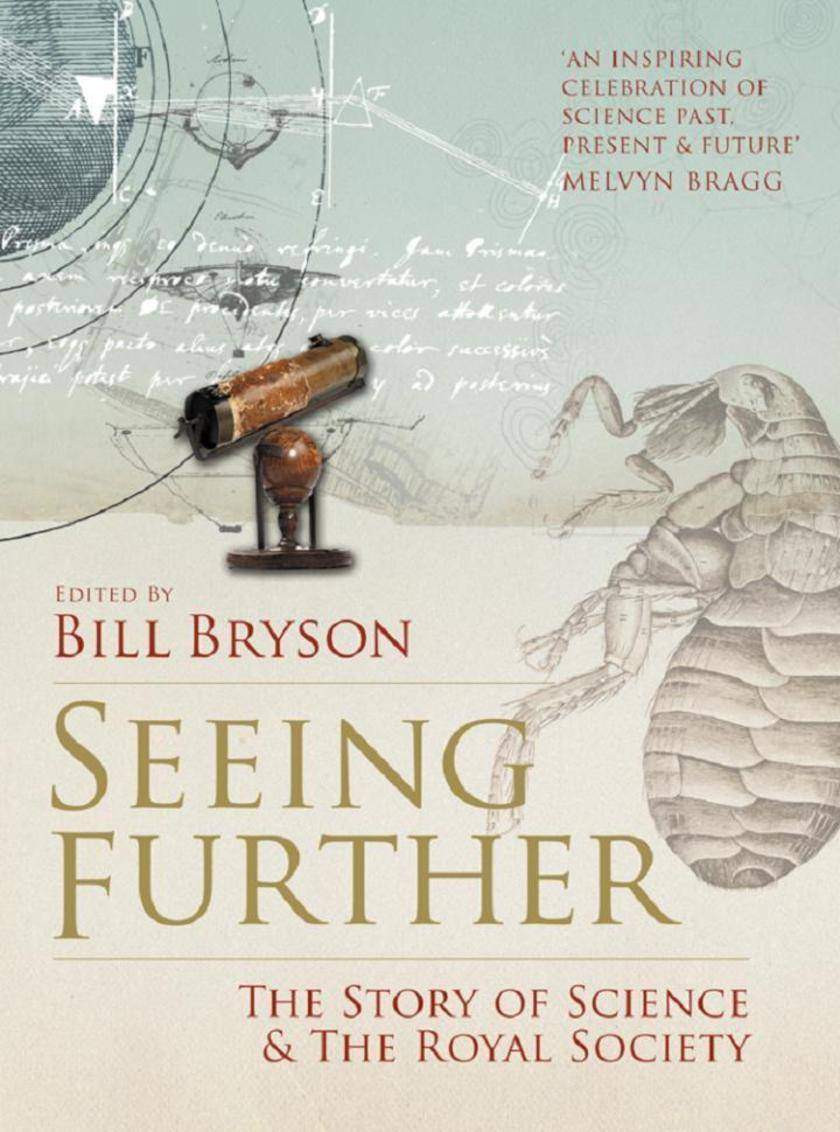
Seeing Further: The Story of Science and the Royal Society
¥117.23
Edited and introduced by Bill Bryson, with contributions from Richard Dawkins, Margaret Atwood, Richard Holmes, Martin Rees, Richard Fortey, Steve Jones, James Gleick and Neal Stephenson amongst others, this beautiful, lavishly illustrated book tells the story of science and the Royal Society, from 1660 to the present. On a damp weeknight in November, 350 years ago, a dozen or so men gathered at Gresham College in London. A twenty-eight year old – and not widely famous – Christopher Wren was giving a lecture on astronomy. As his audience listened to him speak, they decided that it would be a good idea to create a Society to promote the accumulation of useful knowledge. With that, the Royal Society was born. Since its birth, the Royal Society has pioneered scientific exploration and discovery. Isaac Newton, Charles Darwin, Albert Einstein, Robert Hooke, Robert Boyle, Joseph Banks, Humphry Davy, Isambard Kingdom Brunel, John Locke, Alexander Fleming – all were fellows. Bill Bryson’s favourite fellow was Reverend Thomas Bayes, a brilliant mathematician who devised Bayes’ theorem. Its complexity meant that it had little practical use in Bayes’ own lifetime, but today his theorem is used for weather forecasting, astrophysics and stock market analysis. A milestone in mathematical history, it only exists because the Royal Society decided to preserve it – just in case. The Royal Society continues to do today what it set out to do all those years ago. Its members have split the atom, discovered the double helix, the electron, the computer and the World Wide Web. Truly international in its outlook, it has created modern science. ‘Seeing Further’ celebrates its momentous history and achievements, bringing together the very best of science writing. Filled with illustrations of treasures from the Society’s archives, this is a unique, ground-breaking and beautiful volume, and a suitable reflection of the immense achievements of science.
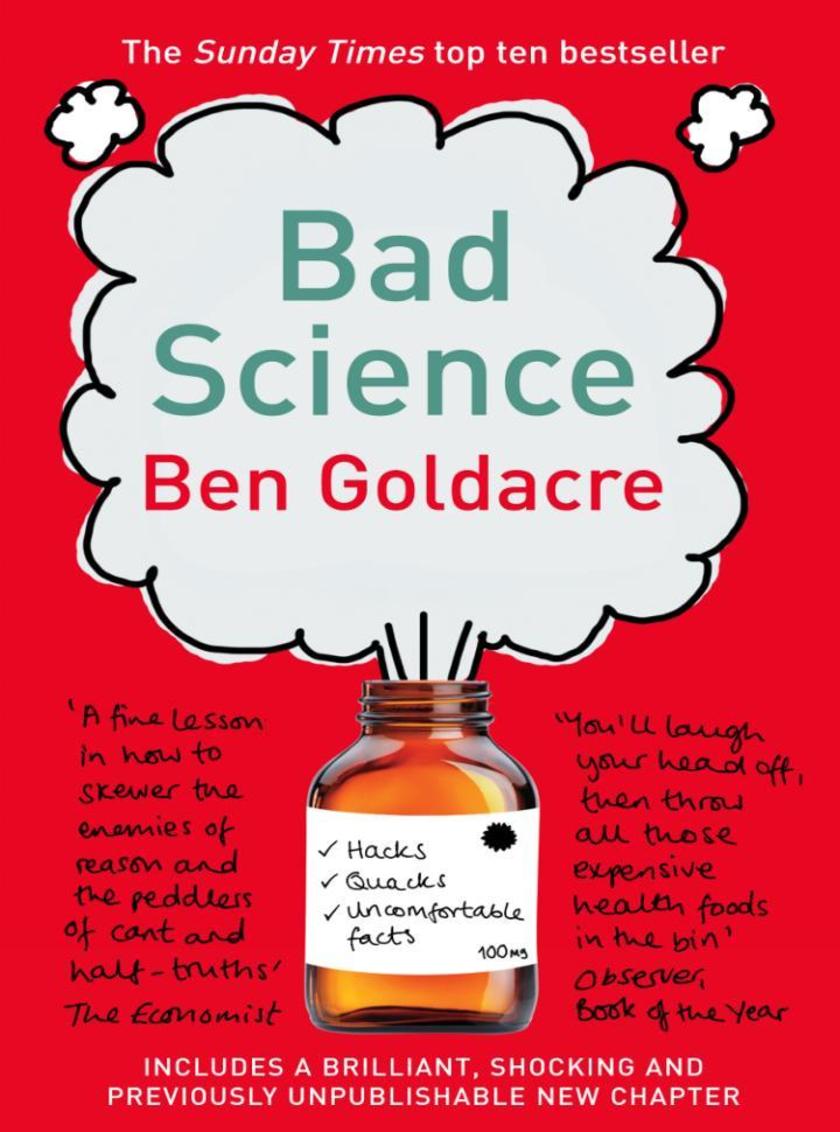
Bad Science
¥56.02
Ben Goldacre’s wise and witty bestseller, shortlisted for the Samuel Johnson Prize, lifts the lid on quack doctors, flaky statistics, scaremongering journalists and evil pharmaceutical corporations.
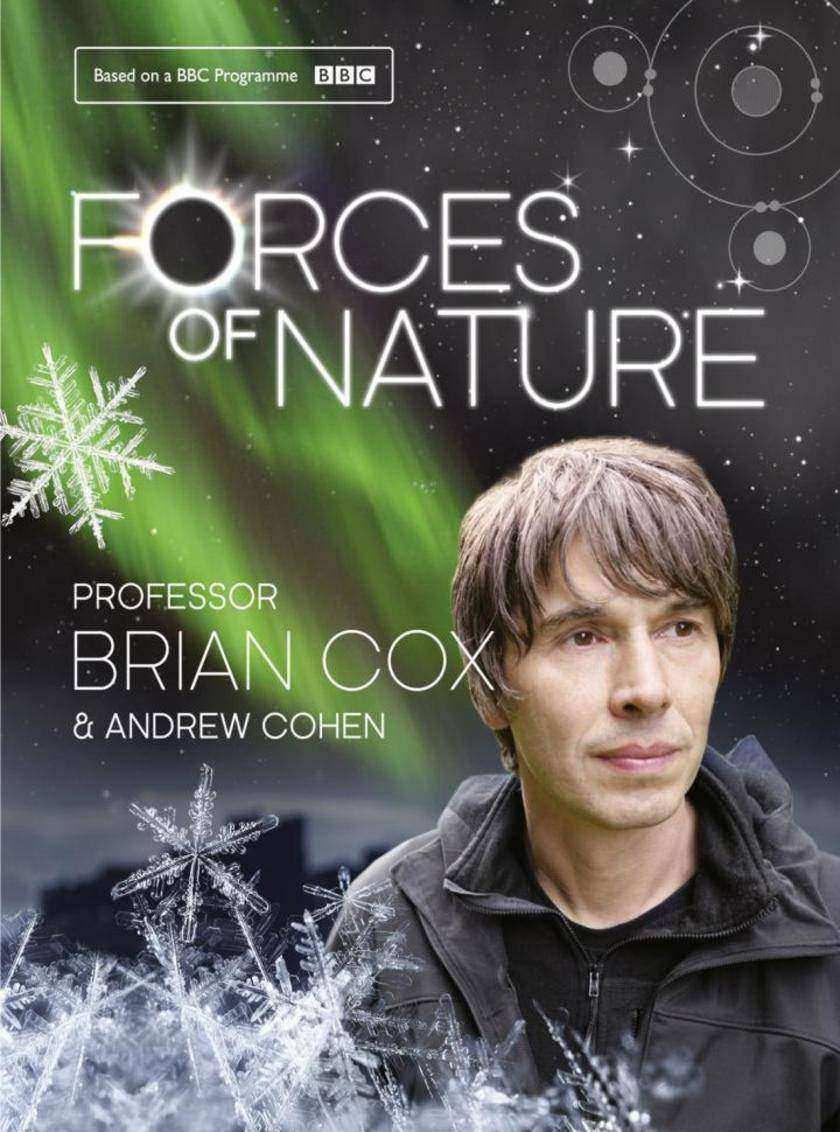
Forces of Nature
¥66.22
Sunday Times Bestseller A breathtaking and beautiful exploration of our planet, this groundbreaking book accompanies the BBC One TV series, providing the deepest answers to the simplest questions. ‘What is motion’ ‘Why is every snowflake different’ ‘Why is life symmetrical’ To answer these and many other questions, Professor Brian Cox uncovers some of the most extraordinary natural events on Earth and in the Universe and beyond. From the immensity of the Universe and the roundness of Earth to the form of every single snowflake, the forces of nature shape everything we see. Pushed to extremes, the results are astonishing. In seeking to understand the everyday world, the colours, structure, behaviour and history of our home, we develop the knowledge and techniques necessary to step beyond the everyday and approach the Universe beyond. Forces of Nature takes you to the great plains of the Serengeti, the volcanoes of Indonesia and the precipitous cliffs in Nepal, to the humpback whales of the Caribbean and the northern lights of the Arctic. Brian will answer questions on Earth that will illuminate our understanding of the Universe. Think you know our planet Think again.

BMW 5 & 6 Series E12 - E24 - E28 -E34 Restoration Tips and Techniques
¥24.44
A wealth of restoration tips and techniques covering E12, E24, E28, E34, 5 and 6 Series BMWs built between 1972 and 1995. Covers all models from 518 to M6. Advice is given on acquiring a good 5 & 6 Series model, plus tips on restoring, engines, bodywork, trim, electrics, suspension & much more.

BMW 5 & 6 Series E12 - E24 - E28 -E34 Restoration Tips and Techniques
¥245.17
A wealth of restoration tips and techniques covering E12, E24, E28, E34, 5 and 6 Series BMWs built between 1972 and 1995. Covers all models from 518 to M6. Advice is given on acquiring a good 5 & 6 Series model, plus tips on restoring, engines, bodywork, trim, electrics, suspension & much more.
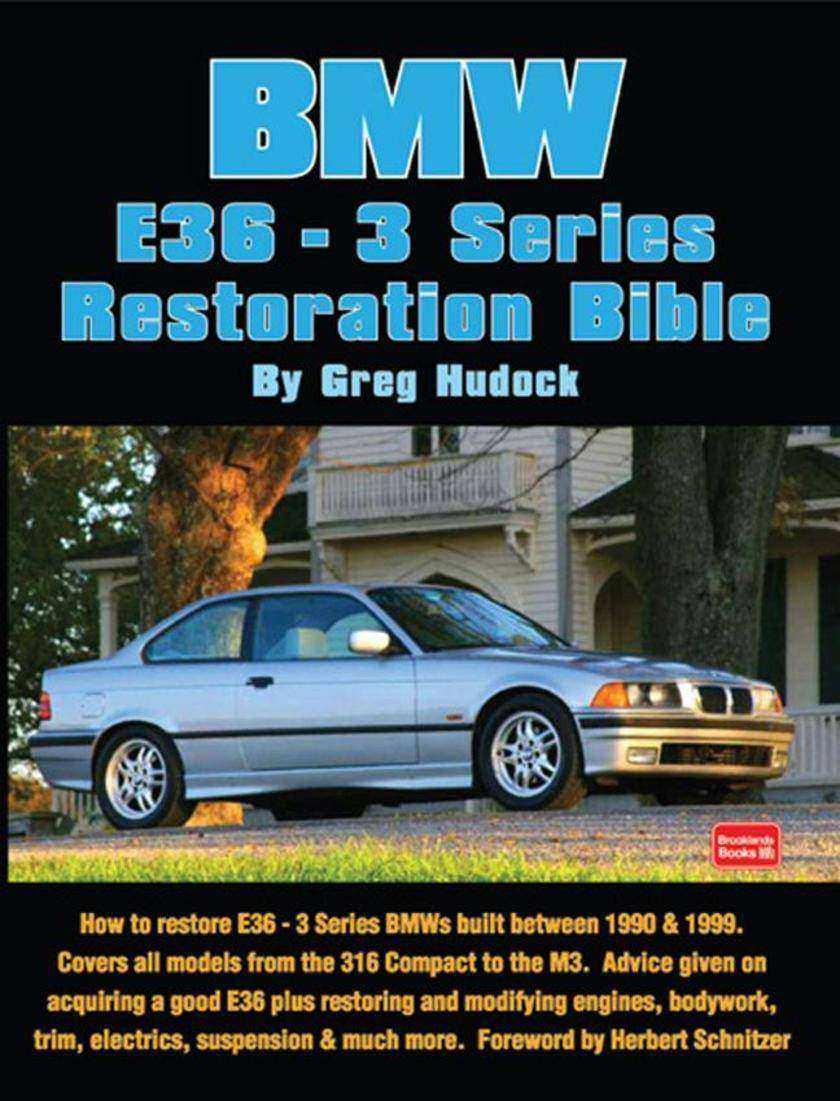
BMW 3 Series - E36 Restoration Tips & Techniques
¥245.17
A practical restoration manual on the E36, the 3 Series BMWs built between 1990 & 1999. Covers all models from the 316 compact to the M3. Advice is given on acquiring a good pre-owned example plus restoring & modifying engines, bodywork, trim, electrics, suspension & mechanical parts. Detailed information on Alpina & M3 cars. A total of 148 fully illustrated colour and black & white




 购物车
购物车 个人中心
个人中心



